May 23, 2025 | 14:16 GMT +7
May 23, 2025 | 14:16 GMT +7
Hotline: 0913.378.918
May 23, 2025 | 14:16 GMT +7
Hotline: 0913.378.918
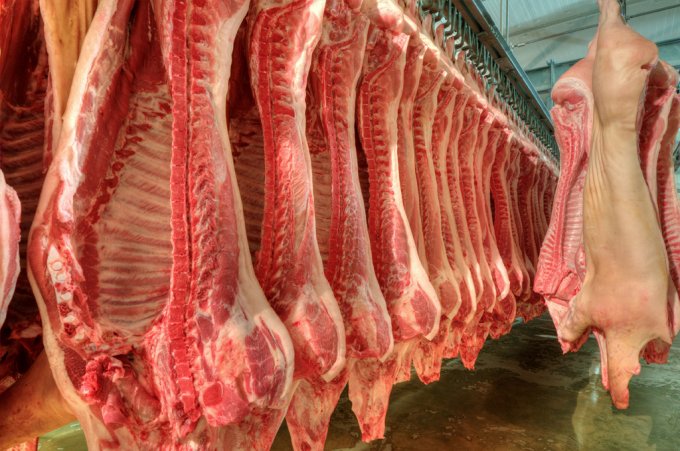
Imported pork still increases sharply in the first months of this year. Photo: TL.
According to the General Department of Customs, in February 2021, imported pork (fresh, chilled or frozen pork) into Vietnam reached 8.64 thousand tons, worth US$ 21.06 million, increased 13.9% in volume and 23.7% in value compared to February 2020.
Accumulated in the first 2 months of 2021, pork imported into Vietnam reached 18.89 thousand tons, worth US$ 45.39 million, up 88.7% in volume and 107.5% in value over the same period in 2020.
In particular, Russia is the largest market supplying imported pork to Vietnam in the first 2 months of 2021 with 11.22 thousand tons, worth US$ 30.27 million, up to 6,351% in volume and 5,186% in value over the same period in 2020.
In the opposite direction, in February 2021, Vietnam exported 1.27 thousand tons of meat and meat products, worth US$ 4.43 million. Meat and meat products are exported mainly to Hong Kong and Korea markets.
/2025/05/22/5250-1-184853_288.jpg)
(VAN) According to a representative from the Central Retail Vietnam, Vietnamese products such as seafood, sweet potatoes, dragon fruit, coffee, and spices hold great potential in the Thai market.

(VAN) A multi-channel, multi-directional strategy only works when the agricultural value chain meets global transparency and SPS standards.
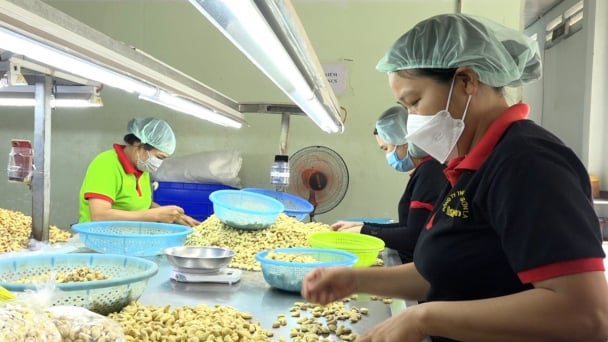
(VAN) Market expansion is a matter of survival for Vietnamese businesses amid fierce competition and global supply chain fluctuations.
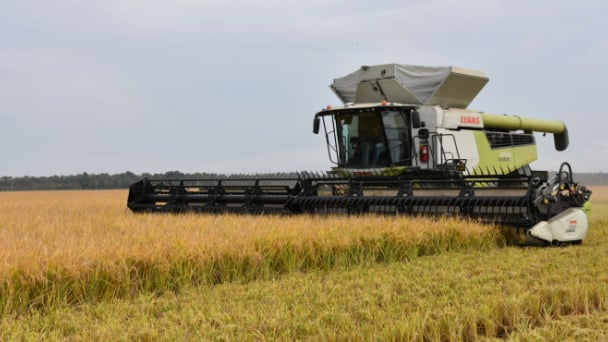
(VAN) Global market prospects for U.S. long-grain rice for the upcoming marketing year.
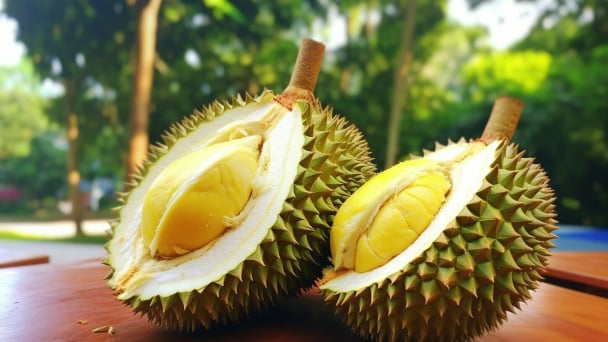
(VAN) China’s General Administration of Customs started permitting fresh durian shipments from Cambodia after a phytosanitary protocol was signed with the Cambodian Ministry of Agriculture in late April.
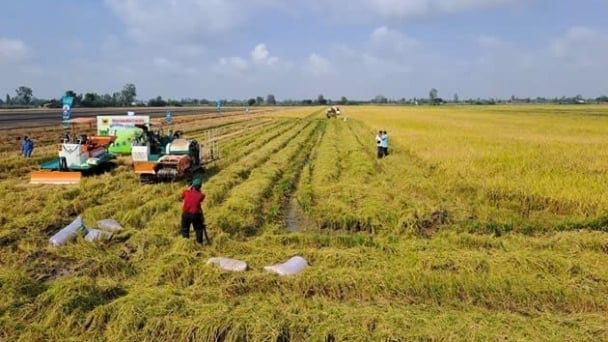
(VAN) To operate carbon market, one of the key issues is determining which types of 'commodities' meet the standards to be traded on the market.
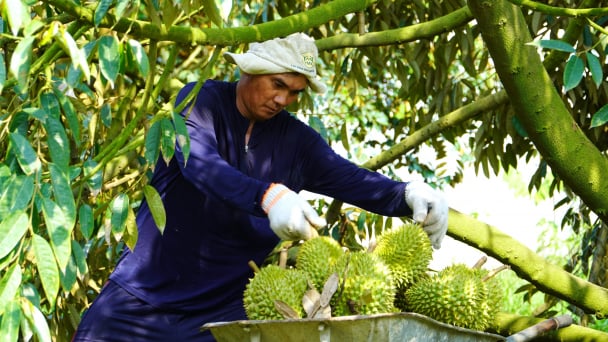
(VAN) Durian-producing localities need to coordinate more effectively with central authorities to improve the traceability, monitoring, and response systems in case of violations.